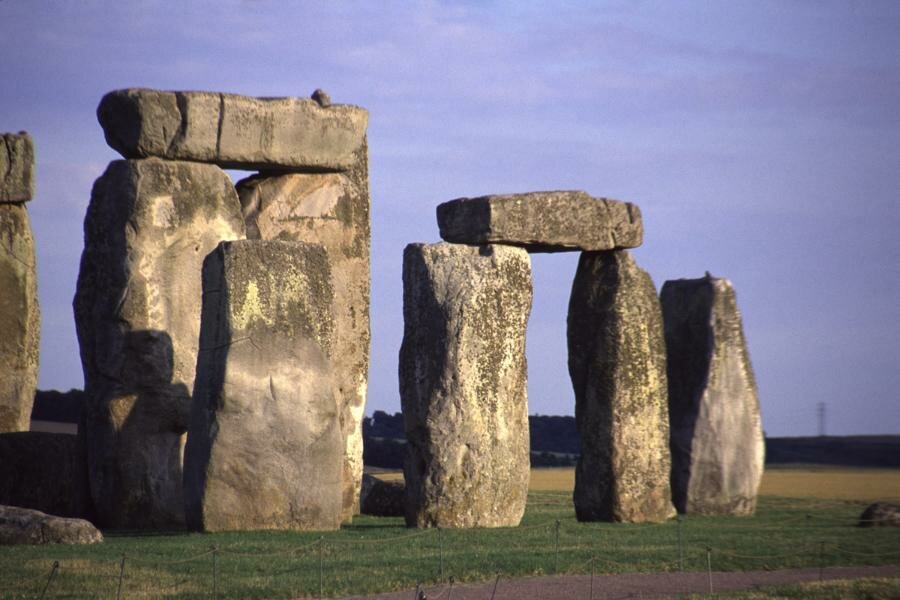With gloomy news for museums coming out last year (http://bit.ly/LJPoem) and earlier this year (http://bit.ly/133arCC) along with some of our local museums (http://www.churchfarmhousemuseum.co.uk/) shutting down, I figured it’s time to put a basic survival guide for museums – a how to, if you will, of conserving the funds you already have and perhaps getting the most out of them. Whilst some might say you have to work in a museum to give advice, I would challenge that, primarily because this is mostly common sense.
1. DO Fire your Social Media Manager
That’s right, if you have one (you almost certainly don’t need one), the first thing you should do is let him/her/them go. Social media adds nothing to a museum or its image and over the years I have seen lots of talk in support of social media but ZERO results. It promises the engagement of a rather unproductive crowd which doesn’t really deliver anything. No one has been able to prove that spending £50,000 a year on a qualified social media marketing professional has generated even half of that in visitor or store revenue – time to accept that social media is just about bloating our egos, not about running a museum or a business. I’m waiting for someone to furnish evidence to change my opinion on this – so if you have some concrete numbers, please do share them.
2. DO Adopt the Cloud
Yes, you do not need to pay for client machines, servers, Microsoft office or a collections management system upfront. The world has come a long way, you need to evolve too. Try Google Apps (http://www.google.com/enterprise/apps/business/) or Microsoft Office 365 (http://office365.com) – you’ll be blown away by how much you can save. For Collections Management, try something like Vesica – https://vesica.ws/forms/sign-up/ (and here’s my only sales pitch to you). See how much you would save by switching – https://vesica.ws/savings-calculator/. You’ll probably only spend a 10th of what you pay for traditional software and hardware – seriously – if banks can switch to the cloud, museums have no excuse.
3. DO Accept Free Help
I’ve seen this happen so many times – museums don’t have money or resources, they’re shutting down, but they’ll only accept cash in the form of help? What’s going on here? Beggars can’t be choosers – and money is generally earned (even donations are) – so whether you get free software, scanning equipment, space or volunteers – the goal should be to save the museum’s assets, not to run it the way you think is right, which brings me to my next point.
4. DO Care about the Museum, not Just your Career
Yes, please. When others see that you genuinely care about the museum and precious items it houses, people will give you money and help. All too often I’ve seen that nobody cares about making improvements – so if you could save £100k a year by doing 1 and 2 above – you should do it. Just because the Social Media manager is your friend does not mean you should bankrupt the museum and just because helping the museum save £50k a year by adopting the cloud will mean some planning and thinking more than you’d like to, doesn’t mean you should waste the £50k. Remember that if your vendors see you are dedicated, they will do all they can to help too. And don’t say that you boosted Facebook fans by 5,000 by building a great Social Media Strategy – it means nothing to a struggling museum.
5. DON’T build an iPhone App
Or an Android or Windows App. Seriously – unless you can accomplish something with the app like increasing visitor footfall, increasing store sales and or just make the world a better place, don’t do it to build your CV with project management skills. Visitors who are interested in visiting the museum don’t want to do it with an iPhone App -an iPhone App can add nothing ground-breaking to a museum experience or do something to help it survive – save your cash and put it where it matters – in conservation or education or whatever your museum’s goal is. Same question as social media – when was the last time a museum built a mobile app that actually could be quantified into something positive for the museum? Never (not yet, anyway) – the iPhone demographic is just wrong for most museums.
6. DO Engage your Audience
Now that you’ve saved a ton of money – send some invitations to your local community and give them a guided tour of your museum. Inspire the community to share, conserve and participate. The power of heritage can be captivating when seen and felt in person, and real human contact does and will ALWAYS offer your visitor the real experience a museum should. This kind of engagement will create real value for your museum that social media or digitization never can. I can only tell you, for instance, that you can see as many detailed photos of the Hagia Sophia in Istanbul that you want to, but no picture will ever have that impact that causes you to go ‘wow’ when you stand below that dome in person. That is priceless and people will come back for it.



 I’m often asked why it is that when I speak about preserving heritage or about possibilities with Vesica, I speak with such passion. The short answer is because I feel passionately about it. That’s difficult at times for some of my corporate friends (old and new) to understand, because during my career as a corporate employee, I was anything but passionate. I never really thought that being a great accountant or writing good software to help deliver some of the salaries that C level executives received was important (despite all the nonsense about corporate social responsibility they fed us), but I believe that saving our history and heritage is. If we, as a species, or as citizens of this planet, forget where we came from, we will never be able to assess the importance or morality of where we are headed.
I’m often asked why it is that when I speak about preserving heritage or about possibilities with Vesica, I speak with such passion. The short answer is because I feel passionately about it. That’s difficult at times for some of my corporate friends (old and new) to understand, because during my career as a corporate employee, I was anything but passionate. I never really thought that being a great accountant or writing good software to help deliver some of the salaries that C level executives received was important (despite all the nonsense about corporate social responsibility they fed us), but I believe that saving our history and heritage is. If we, as a species, or as citizens of this planet, forget where we came from, we will never be able to assess the importance or morality of where we are headed.